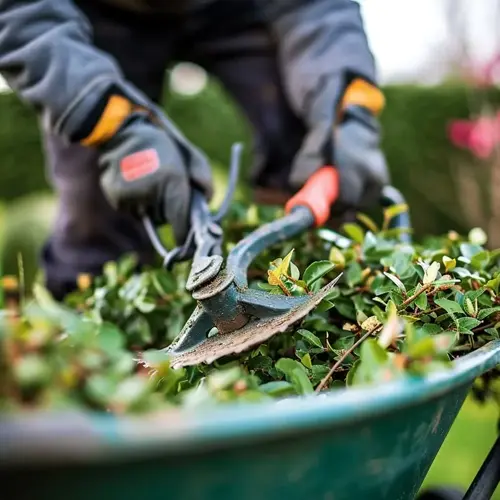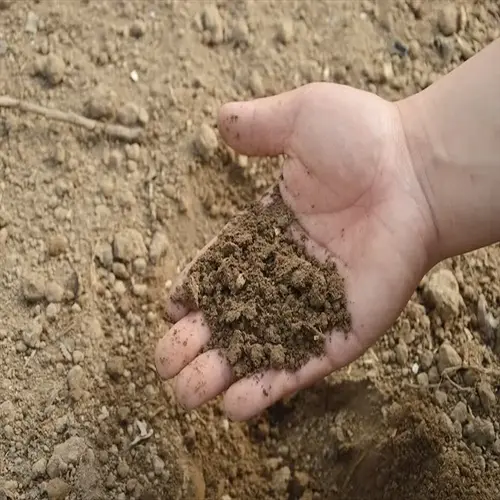Why rotate tomato planting locations annually?

Written by
Nguyen Minh
Reviewed by
Prof. Martin Thorne, Ph.D.Rotating where you plant tomatoes every year is critical for a healthy garden. It will prevent the soil from becoming depleted. It will help avoid diseases such as blight from developing in the soil. I learned this the hard way after losing many plants due to cyclical blight. Year to year, rotating your tomatoes will keep your soil nourished and productive.
*Soil-borne diseases* accumulate when tomatoes remain in the same spot. Fungal spores, such as those of Fusarium, can survive the winter in the soil. When plants are rotated, these pathogens are starved because they no longer have their host plants to feed on. Your tomatoes can avoid infection altogether without the use of chemicals.
Disease Prevention
- Breaks cycles of blight and verticillium wilt
- Reduces fungal spore concentrations in soil
- Eliminates need for chemical fungicides
Pest Disruption
- Confuses root knot nematode life cycles
- Relocates plants from overwintering insects
- Reduces hornworm populations naturally
Nutrient Balancing
- Allows soil to recover depleted nitrogen
- Prevents potassium and phosphorus imbalances
- Restores trace minerals through diverse crops
Nutrient depletion occurs when tomatoes stay in one place. These heavy feeders drain nitrogen and phosphorus from the soil. Rotating allows the soil to replenish itself through the use of cover crops or low-fertilizer plants. My tomatoes grow bigger now with a deeper color.
Rotate even in tiny spaces. Utilize containers that can be moved each year. You can divide your raised beds into quadrants. I rotate my patio pots every year. It maintains healthy soil and doesn't require any extra land.
Combine rotation with cover crops for maximum benefit. After tomatoes, plant clover or vetch. These enrich the soil during the off-season. Your next tomato crop will show remarkable improvement.
Track rotations with simple garden maps. Note planting locations each year. I use a notebook with bed diagrams. This prevents accidental replanting in problem spots.
Read the full article: Best Tomato Companion Plants

